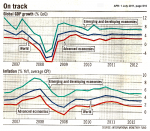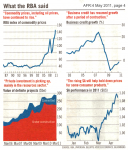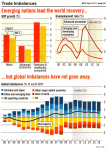 Wherever you live, you tend to believe (and will happily tell people) that it is undoubtedly the best place to live.
Wherever you live, you tend to believe (and will happily tell people) that it is undoubtedly the best place to live.
Really, it’s just human nature.
But when it comes to investing your hard-earned dollars into Commercial property … your decisions should be governed by something more than a warm and fuzzy feeling.
For the past four or five years, Victoria has led the nation in economic growth; and it is one of the few enjoying a net growth in migration from other states.
 Furthermore, the latest ABS figures now confirm Victoria’s continued growth and job creation — leading all-comers over the past 12 months.
Furthermore, the latest ABS figures now confirm Victoria’s continued growth and job creation — leading all-comers over the past 12 months.
And you’ll also notice most of the various service sectors are currently outstripping the mining sector, as far as employment numbers are concerned. [Read more…]





















